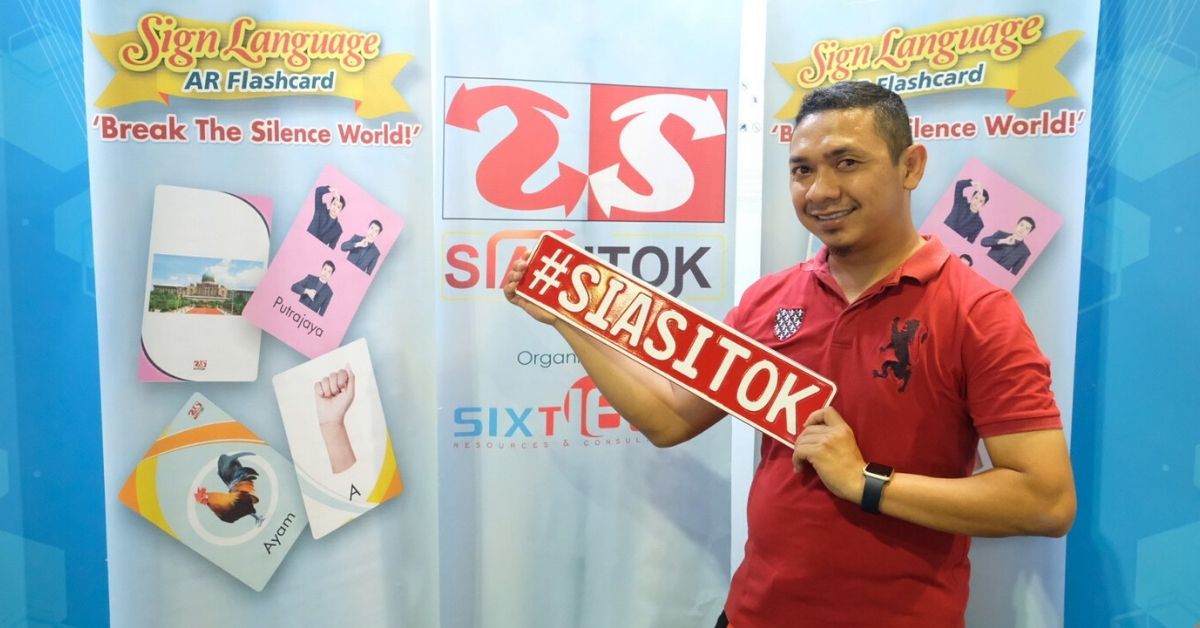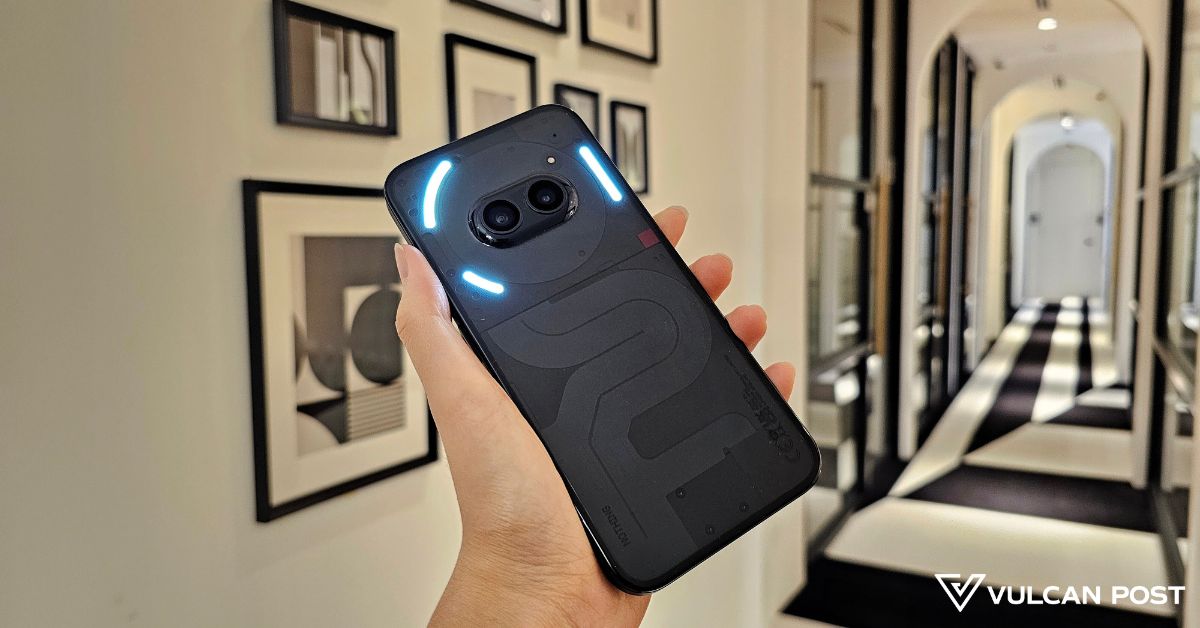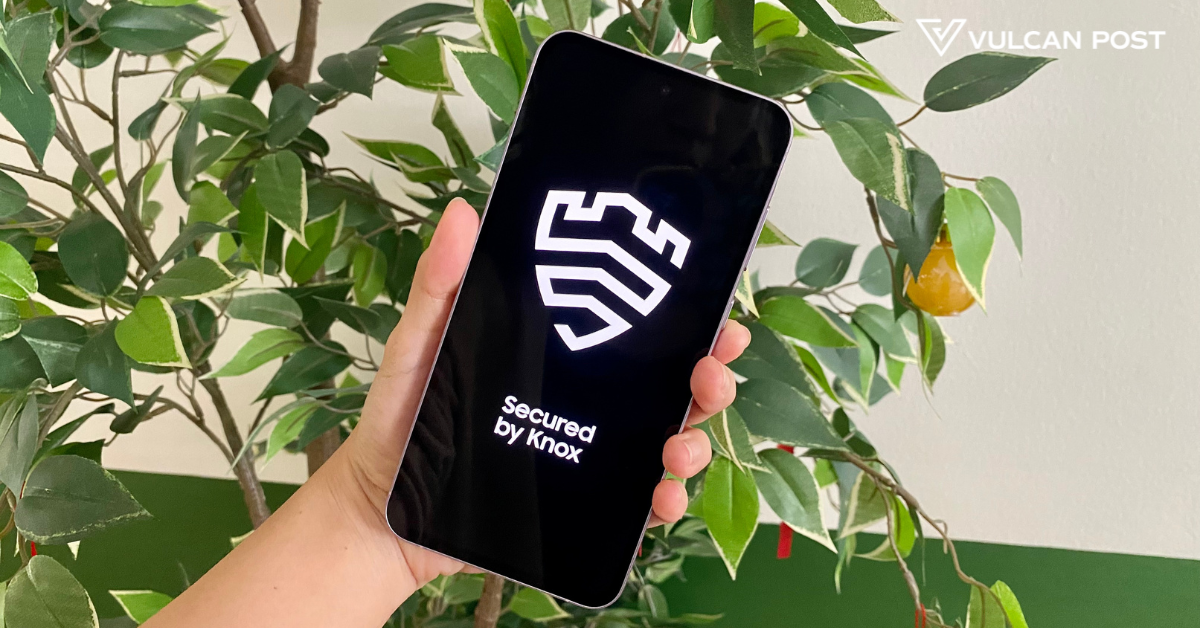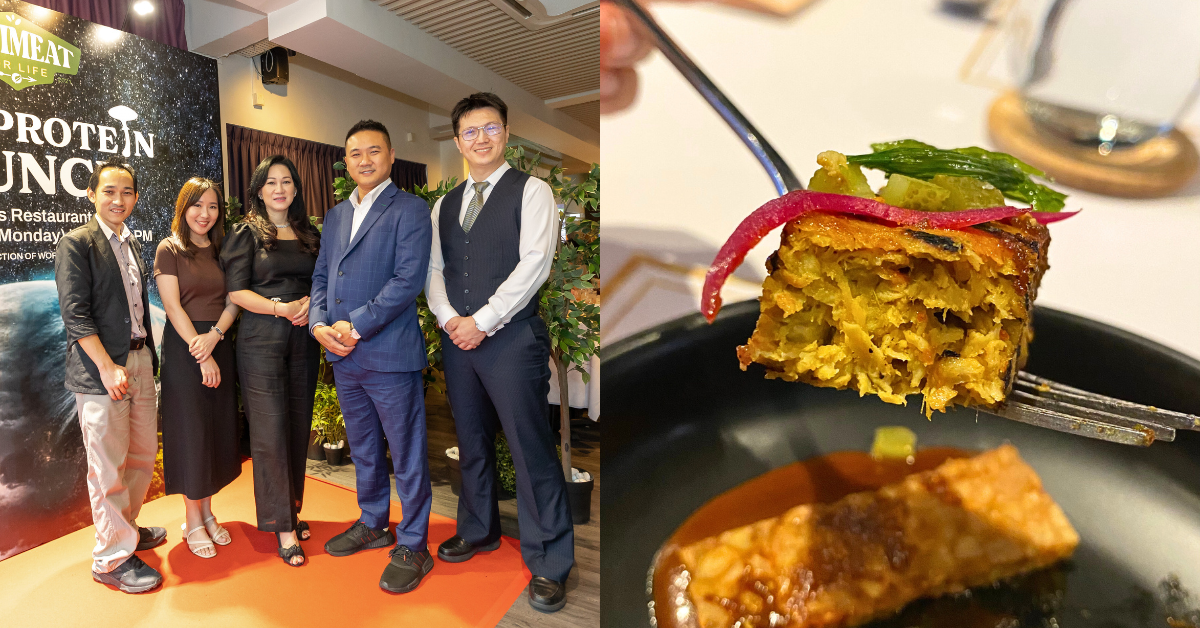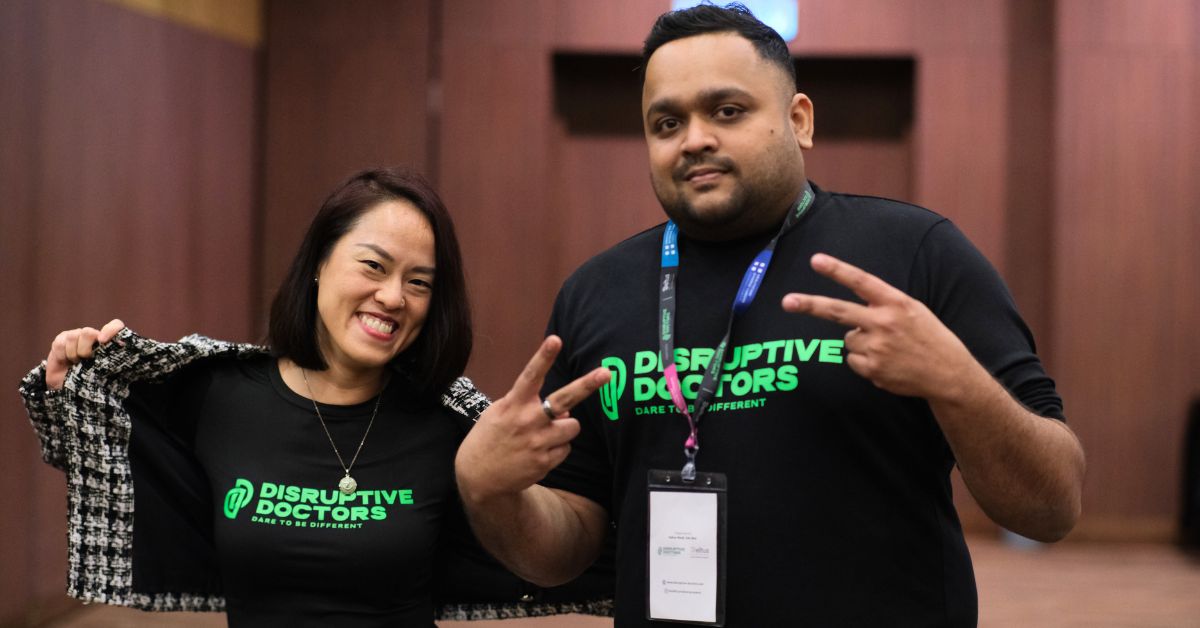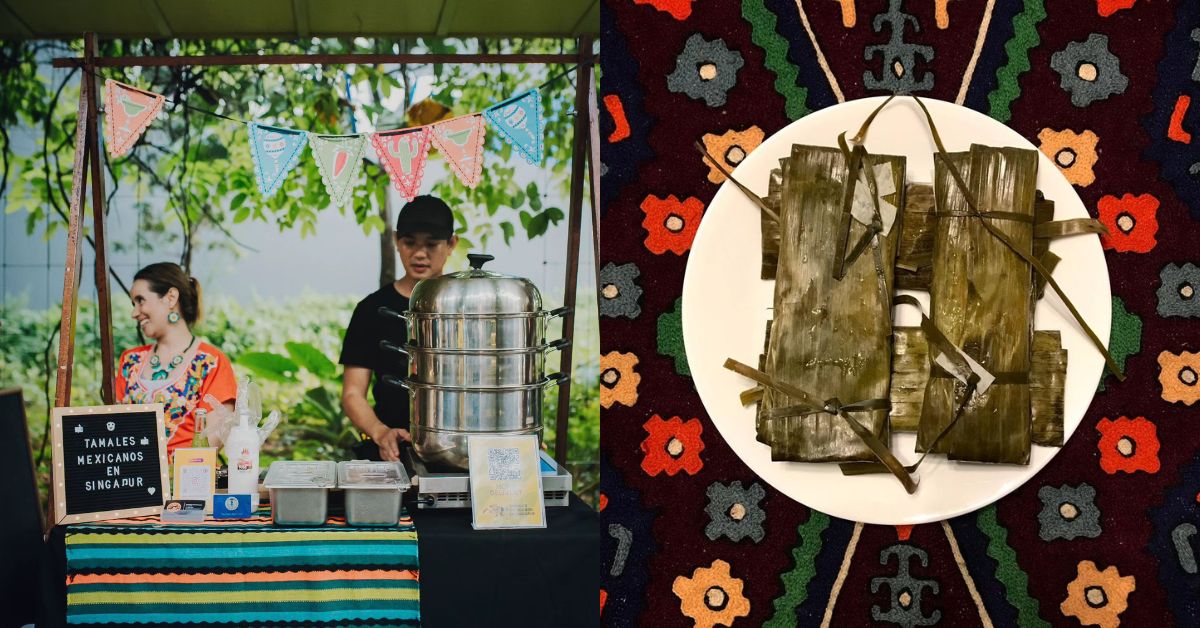Imagine not being able to communicate with your own children.
That was a sad situation that Siasitok co-founder Awang Shahrizan Bin Awang Abu Bakar realised existed when a close friend struggled to communicate with his own daughter who was deaf.
But using augmented reality (AR) technology and flashcards, Awang shared with Vulcan Post how his startup is going to help bridge the gap between the deaf community and the hearing.
A Friend In Need
You may be thinking, “Aren’t there plenty of sign language classes out there?”
Sure, but when you are busy putting food on the table, the time needed to attend these classes may not be something you can afford. This was the case for Awang’s close friend.
Being a photographer by trade, Awang first helped out by taking photos of sign language and giving them to his friend.

Amazingly, Awang said that it helped his friend communicate with his deaf daughter within 2 weeks.
This is when he realised that he may have stumbled upon a novel idea. He started researching ways to expand on this and to make learning sign language more efficient and fun.
Instead of photos, the end result was an app that uses AR flashcards to display CGI demonstrations of sign language.
Along with co-founder and wife Nur Aishah Binti Ahmad, he established Siasitok on March 8, 2018, and they officially launched a month after.
The Signs Are Everywhere
Hailing from Sarawak, Awang told us that Siasitok actually means “here and there” in the Sarawakian Malay language.
Fitting, as the idea is that people can use the app and flashcards to learn sign language anywhere, at any time.
Just scan a flashcard (which features words/phrases in Bahasa Malaysia accompanied by colourful illustrations) and an animated figure of a man will appear on your device to demonstrate the proper signing technique.
“It will also help family members and teachers at home and at school to bond while learning sign language as there will not be as much pressure and will not be as boring,” Awang said.
He also told us that there is a lack of teaching aids for deaf children to learn sign language and that deaf children are 6 years behind abled children in terms of education.
As such, 4 schools including SKPK Semabok in Melaka have already adopted Siasitok’s product.
In boosting awareness about Siasitok, the startup also organises workshops to teach people to sign and on how to use the app.
The flashcards and app have been distributed mainly to parents, welfare department staff, teachers and the public who attended these workshops.
To ensure the accuracy of what they are teaching, the app and the flashcards are checked by trainers from the Malaysian Federation of The Deaf, who are also trainers at Siasitok’s workshops.
Additionally, Siasitok also collaborates with both the Malacca and Negeri Sembilan Deaf Associations.
Making Noise In A Silent World
While the app and animations are done by a third party, Siasitok develops the flashcards decks (or modules, as they call it) that are used by the app.

The modules are categorised into themes like Haiwan (animals), Tempat (places), and Makanan & Minuman (food and drinks).
Currently, they have finished 5 out of 22 planned modules that will be based on American Sign Language (ASL). And as mentioned, these cards feature words in our national language of Bahasa Malaysia.
Since Malaysia has its own version of sign language, we asked Awang why they chose to use ASL.
“Actually, 120 countries around the world use American Sign language. While Malaysia uses Malaysian Sign Language, around 70% of the signs are similar. So, most probably it will be same,” he explained.
Another reason was that they are also planning to penetrate the international market (worth US$5 billion) such as Indonesia, India, Singapore, and more, which is why they will be translating their cards into English.
They are also open to translations in other languages, should the demand arise, by collaborating with the deaf associations of the relevant country.
No One Left Behind

About RM150,000 has been invested in the development of Siasitok’s product so far.
Through selling their modules (for RM30 each) and holding workshops, they have already earned back the same amount in revenue.
Within the next 2 years, they are looking to publish all 22 of their modules as well as to fully translate them into English once they have a demand for it.
Ambitiously, they even have plans to collaborate with the United Nations to achieve their Sustainable Development Goals.
“This collaboration will help deaf people advance in life and not be left behind anymore. They will also be given the opportunity to not be isolated at work and also in society,” Awang said.
“We need to learn more about deaf culture before all this can happen. We will slowly adapt to all this pressure and focus on our mission because nothing is easy in the real world,” he concluded.
- You can read more about what we’ve written on apps here.
Featured Image Credit: Mohd Hafiz Zainol Shokor, Siasitok co-founder, Linkedin

